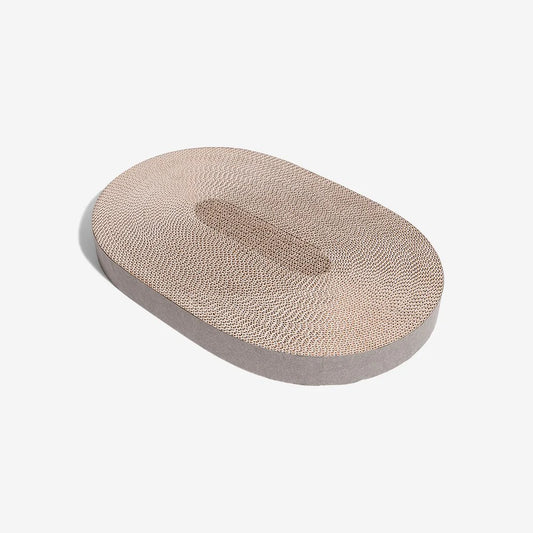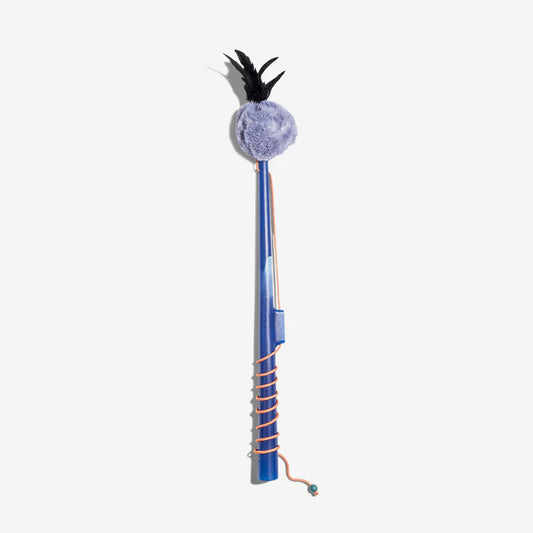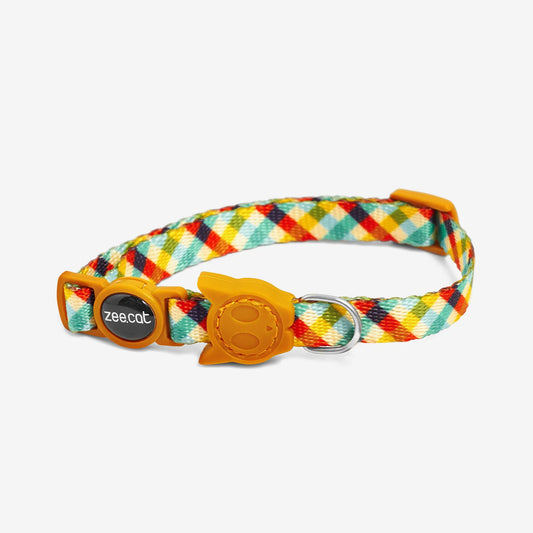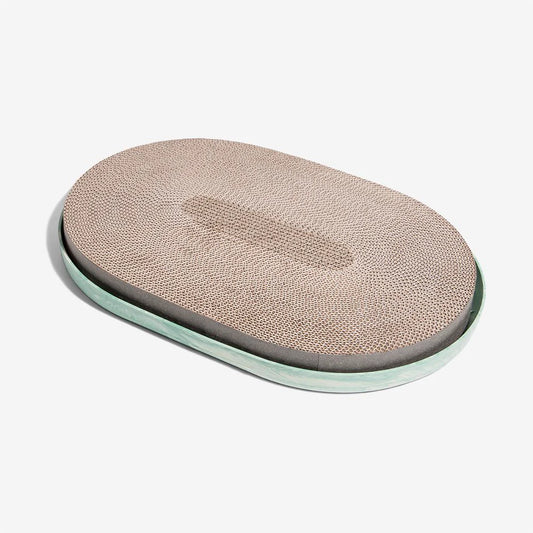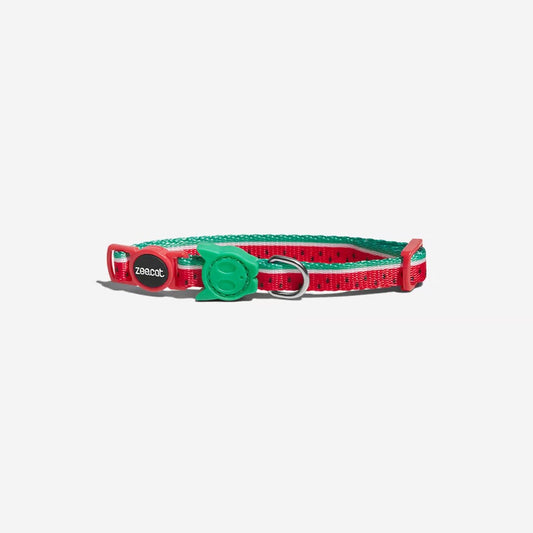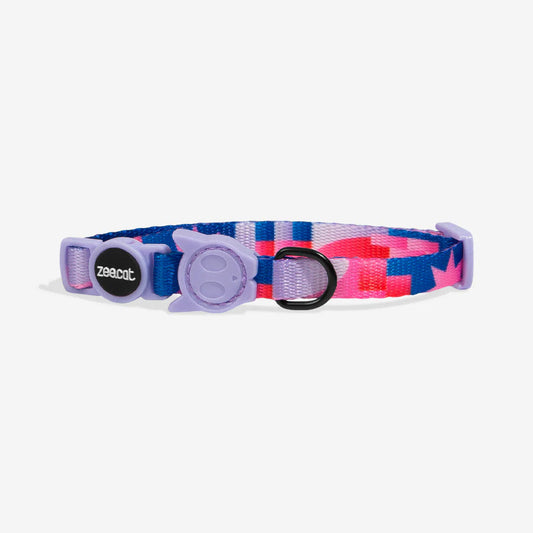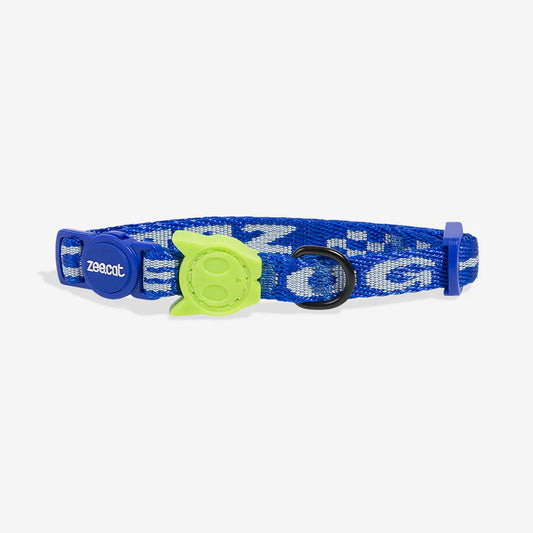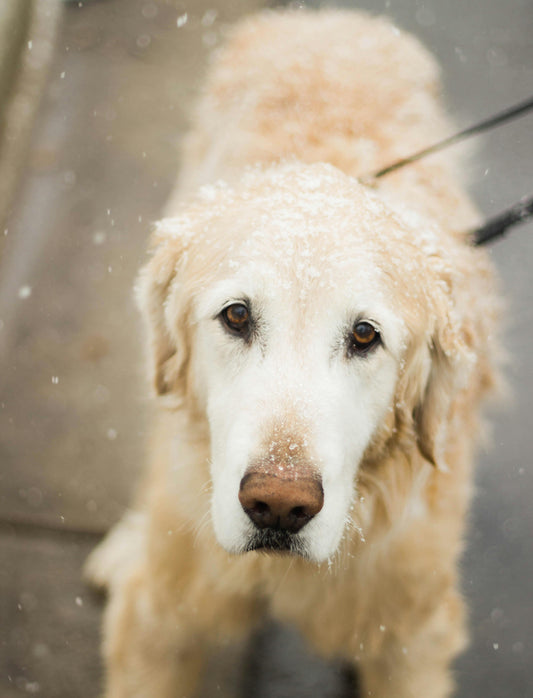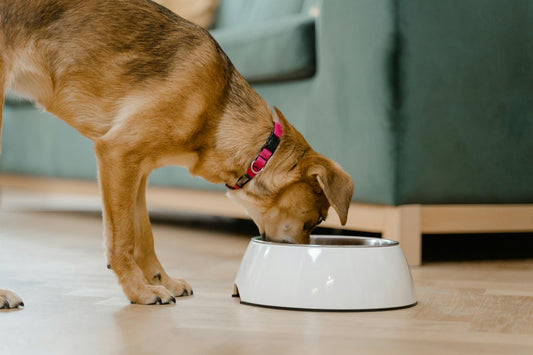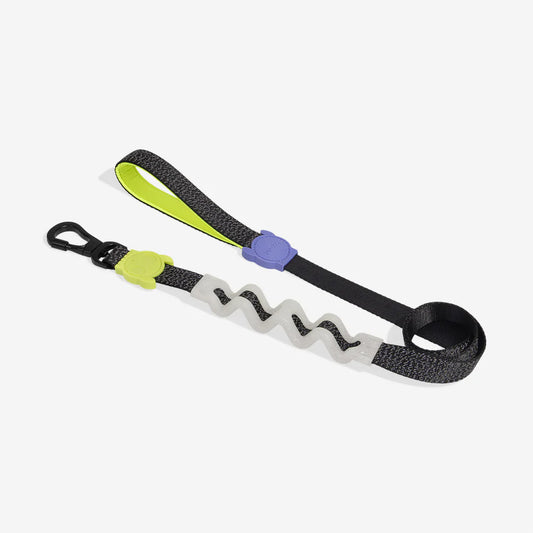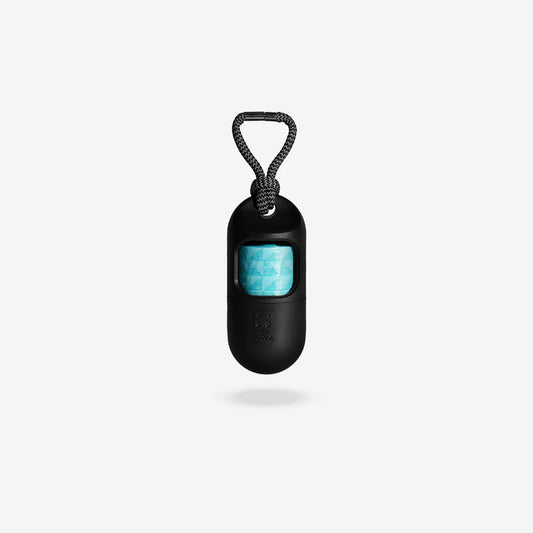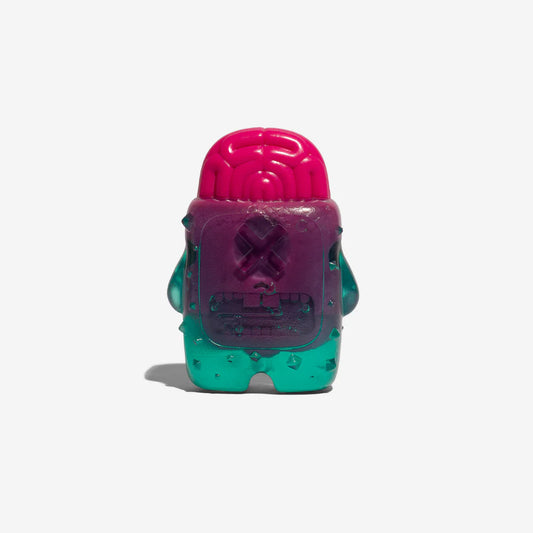Dogs are known to be loyal companions and great exercise partners. Taking them out for a walk is a great way to bond with them and keep them healthy. However, many dog owners often wonder if they need to bring water for their furry friends during their walks.
The answer to whether dogs need water on walks is not straightforward and depends on various factors. For instance, the duration and intensity of the walk, the weather conditions, and the age and health of the dog all play a role. In general, it is recommended to bring water for dogs during walks, especially in hot and humid weather or if the walk is longer than 30 minutes.
Dehydration is a serious concern for dogs, and it can lead to various health issues, including kidney failure, seizures, and even death. Therefore, it is crucial to ensure that dogs have access to clean water during their walks. In the following sections, we will explore the reasons why dogs need water during walks and provide some tips on how to ensure that they stay hydrated.
Understanding Canine Hydration
Importance of Hydration
Dogs need water just like humans do. Water is essential for a dog's overall health and well-being. When a dog is dehydrated, it can lead to serious health problems. Dehydration can cause a dog's body to overheat, which can lead to heatstroke. It can also cause kidney problems, urinary tract infections, and other health issues.
When taking a dog on a walk, it is important to bring water for them to drink. Dogs can become dehydrated quickly, especially on hot days or when they are exercising. Bringing water on walks can help ensure that your dog stays hydrated and healthy.
Signs of Dehydration
It is important to know the signs of dehydration in dogs. Some signs of dehydration include:
- Dry mouth and nose
- Thick saliva
- Sunken eyes
- Lethargy
- Loss of appetite
- Dry, sticky gums
- Panting excessively
If you notice any of these signs in your dog, it is important to give them water immediately. Dehydration can quickly become a serious health problem for dogs, so it is important to take action as soon as possible.
In summary, understanding canine hydration is important for the overall health and well-being of your dog. Bringing water on walks and knowing the signs of dehydration can help ensure that your dog stays hydrated and healthy.
Water Requirements During Walks
Dogs require access to water at all times to stay hydrated and healthy. When taking your furry friend on a walk, it's important to consider their water needs to prevent dehydration. Here are some factors that influence a dog's water needs and how to provide water on walks.
Factors Influencing Water Needs
The amount of water a dog needs during a walk depends on various factors, including the dog's size, age, activity level, and the weather conditions. Larger dogs need more water than smaller dogs, and puppies need more water than adult dogs. Dogs that are more active or that walk in hot and humid weather conditions will also need more water.
How to Provide Water on Walks
It's important to bring water and a bowl for your dog on walks to ensure they stay hydrated. Here are some tips to provide water on walks:
- Use a collapsible water bowl that is easy to carry and store.
- Bring enough water for the entire walk, plus extra in case of an emergency.
- Offer water to your dog every 15-20 minutes during the walk.
- Avoid letting your dog drink from puddles or other unknown water sources, as they may contain harmful bacteria or parasites.
Providing water on walks is crucial to keep your dog hydrated and healthy. By considering the factors that influence water needs and bringing water and a bowl on walks, you can ensure your furry friend stays happy and healthy.



